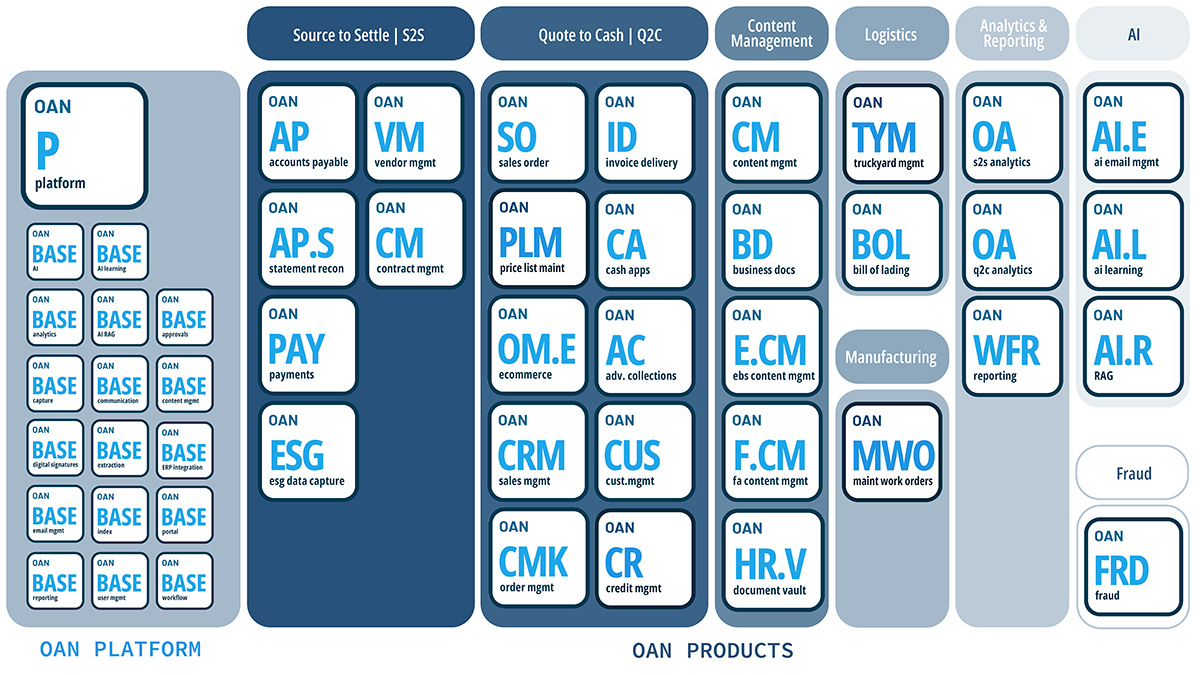The audit trail is a data collection showing what happened at a specific time. Auditors use it to verify that activities were performed correctly and, if not, why. The audit trail can be used throughout the financial system, including corporate fraud detection and compliance.
It should be built with integrity and integrity controls in mind. A good audit trail allows you to track the actions of employees, customers, and suppliers interacting with your company’s financial systems, whether internal or external. You can also use it to support internal risk management programs or regulatory requirements.
In this article, we’ll look at how to build an effective audit trail:
Plan for security and privacy
Any AP audit trail needs to be secure and private. A good audit trail should go through multiple levels of security and privacy controls to ensure that it is protected from unauthorized access, modification, or deletion.
The first step in building a good audit trail is to plan for security and privacy. This might involve setting up a sign-in system for users who want to access the application and using encryption where appropriate.
It’s important to note that even if you’re using encryption, there will still be some level of data leakage through external services such as databases and email servers. That’s why all data must be stored on a separate server from other systems where other users or systems can access it.
Build in flexibility
The best AP audit trail will allow you to build flexibility as your business grows and changes over time. For example, if multiple users are authorized to access sensitive data but only one person has the power to delete it, you can create an audit trail that lets one user delete data whenever another user is authorized.
Use strong encryption technology
The best AP audit trail should use strong encryption technology because it gives you more control over how your data is stored, protected, and transmitted between devices, computers, and servers in your network infrastructure. This will help keep your data safe from unauthorized access by third parties such as hackers or snoopers who may try to steal it out of negligence or carelessness.
Create a backup schedule
A business or IT organization should create a backup plan for its critical data. This includes what to do with the data, how often it should be backed up, and where the backups are stored. A good backup plan can help avoid downtime and other problems if a data breach occurs.
Enable SNMP on every device
SNMP stands for Simple Network Management Protocol. It’s a standard protocol many vendors and devices use to provide network management capabilities over an IP network. SNMP is widely used today for monitoring purposes.
The key benefit of using SNMP is that it makes it easier for administrators to monitor data from network devices without having to install separate software on each one. This means fewer issues with installing updates on multiple machines or testing solutions before rolling them out across your entire environment.
Configure the APs to allow only authorized users
The key step in building a good audit trail is configuring your access points (APs) so that only authorized users can access them. This means that you must use a RADIUS server or other authentication solution to provide network access control for your wireless network. The benefit of this approach is that it allows you to use the same credentials for both your internal and external networks, making it easier for IT staff to manage both networks and monitor both areas of the network more effectively.
Internal Controls
Internal controls are crucial for financial transactions to be accurate, complete, and honest. Here are two typical internal AP controls:
Segregation of duties: Separating the duties for authorizing transactions, processing transactions, and balancing accounts entail this. This assists in preventing fraud and guarantees accurate recording and scrutiny of transactions.
Dual approval procedures: These entail requesting the consent of two people to a transaction before it can be carried out. By doing this, fraud is avoided, and permitted transactions are thoroughly examined.
Integrating these internal controls into your AP procedures can reduce fraud and guarantee transaction accuracy. Your internal controls should be reviewed and updated regularly to make sure they continue to protect your financial data.
Assign unique IDs to transactions
A crucial step in building a transparent and well-organized AP audit trail is giving transactions distinctive IDs. A special identification, such as an invoice number, aids in:
- Track transactions: By giving each transaction a special identity, you can keep track of each one and the details related to it, including the date, amount, and approval status.
- A unique identification can be used to avoid processing repeated transactions accidentally, which can result in mistakes and discrepancies in your financial records.
- Facilitate reconciliation: Giving your AP transactions a distinctive identity can simplify matching them up with your bank statements and other financial documents.
- Establishing a dependable and well-organized mechanism for giving unique IDs to transactions is crucial. This can assist in preventing errors and ensuring the accuracy and currentness of your AP audit trail.
Key Takeaway
Auditing is verifying that your system is performing as expected. It can be used to prevent unauthorized access or identify possible issues with your system. Auditing is also critical to any security plan, as it allows you to gain insight into your company’s data storage and processing processes. Auditing is a vital part of any security plan. Without auditing, there’s no way of knowing whether or not someone has been able to break into your systems and steal sensitive information from them. If you have a security team in place and they have access to all of your systems, then you already have the tool necessary for auditing. However, if you don’t have this kind of staff or budget at your disposal, you need to do some research before starting on this journey toward building a good audit trail.

